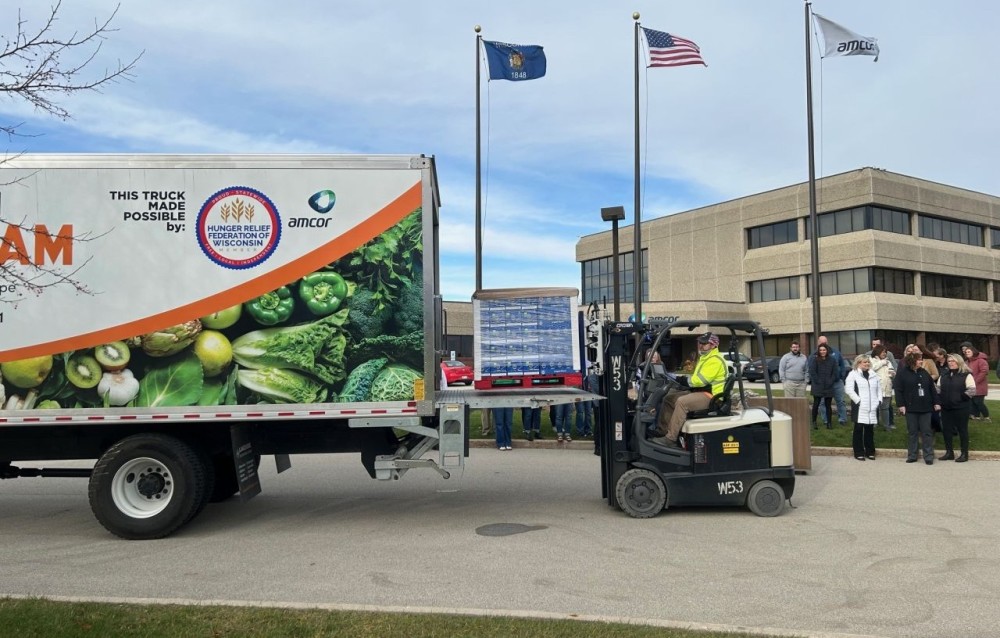Carbon dioxide emissions can be captured and securely stored beneath deep-seated and impermeable underground rocks, new research shows.
The findings provide further evidence that a developing technology known as carbon capture and storage (CCS), in which CO2 emissions from industry are collected and transported for storage underground, is safe.
Researchers studied natural CO2 gas fields and mineral springs in south-east Australia to improve the understanding of how to safely store carbon dioxide underground.
Gas measurement
The team, led by Edinburgh researchers, measured tiny traces of inactive natural gases – known as noble gases – found in the naturally occurring CO2.
This revealed that, in both the gas fields and mineral springs, the CO2 had come from the same source – the Earth’s mantle – which is around 40 kilometres below the depth at which the samples were collected.
Despite such a long distance of travel, the unique noble gas signature preserved the record of the gas origin, researchers say. The same techniques could be used to monitor injected CO2 emissions from industry, where travel distances are much shorter than in natural samples.
Climate targets
Reducing emissions of CO2 can help to limit the impact of climate change. Adoption of CCS technologies could greatly help the UK cut its greenhouse gas emissions to almost zero by 2050, necessary to meet recently announced targets, researchers say.
The study, published in Geochimica et Cosmochimica Acta, was supported by the UK Engineering and Physical Sciences Research Council and the Australian research organisation CO2CRC.
Laboratory analysis of the samples was undertaken at the Stable Isotope and Noble Gas analysis facilities at the Scottish Universities Environmental Research Centre.
We were able to show for the first time that noble gases remain very sensitive tracers of the source of CO2 even after it mixes with large volumes of water. This means that we can use noble gas techniques to sensitively fingerprint stored carbon dioxide once it is injected underground.
Our work clearly shows the unique capability of using noble gases to monitor CO2 injected for geological storage. This paves the way for safe storage of CO2 in old gas and oil fields, such as those present in the North Sea.








